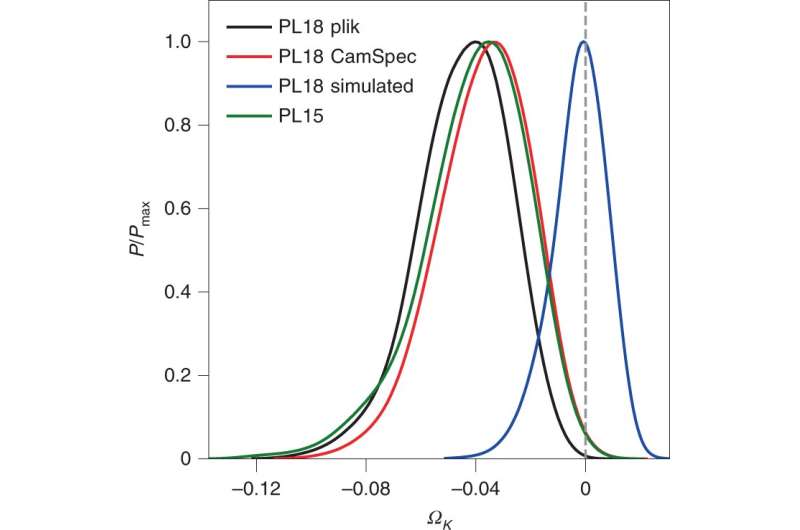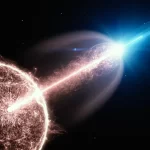Key Takeaways:
- Researchers from the University of Manchester, Università di Roma ‘La Sapienza’, and Sorbonne Universities propose that data from the Planck space observatory challenges the conventional belief that the universe is flat.
- They suggest that the universe may actually be shaped like a sphere, based on discrepancies in the data regarding dark matter, dark energy, and gravitational lensing.
- The conventional theory, supporting inflation theory, posits that the universe expanded in a flat manner after the Big Bang.
- The researchers point out problems with the flat theory, including difficulties in measuring the Hubble constant and reconciling surveys of dark energy.
- They acknowledge that new technology is needed to settle the debate, as current devices are subject to debate in measuring microwave background radiation.
The nature of our universe has sparked intense debate among cosmologists, thanks to a recent study by a team of researchers from the University of Manchester, Università di Roma ‘La Sapienza,’ and Sorbonne Universities.

Their findings, based on data from the Planck space observatory, challenge the prevailing cosmological theories that describe the universe as flat. In their paper published in Nature Astronomy, Eleonora Di Valentino, Alessandro Melchiorri, and Joseph Silk present their case and argue that their observations suggest a cosmological crisis that needs attention.
According to conventional theory, which aligns with the inflation theory, the universe expanded uniformly after the Big Bang, resembling a flat expanse where two parallel beams of light would forever stay parallel.
However, after a careful analysis of data collected by the Planck space observatory during its mission from 2009 to 2013, Di Valentino, Melchiorri, and Silk diverge from this established belief.
They propose that there is evidence indicating that the universe may not be flat but rather closed, possibly having a spherical shape. In this scenario, if you were to shine two beams of light into the cosmic void, they speculate that at some point, the light would return to you from an unexpected direction.
The researchers reached this startling conclusion by scrutinizing Planck observatory data, revealing a significant disparity between the distribution of dark matter and dark energy and the universe’s outward expansion.
This discrepancy suggests a higher degree of gravitational lensing than what current theory predicts. They argue that such an imbalance could lead to the universe contracting upon itself, ultimately taking on a spherical form.
While some critics have dismissed these findings as a statistical anomaly, the research trio highlights other complications with the flat universe theory. These include the difficulty in accurately determining the Hubble constant, with different research teams yielding varying results, and the challenges of reconciling observations of dark energy with a flat model.
The researchers acknowledge that resolving this debate will require the development of novel technologies that can measure microwave background radiation with a higher degree of precision, thus reducing the uncertainties that currently surround this cosmological mystery.


